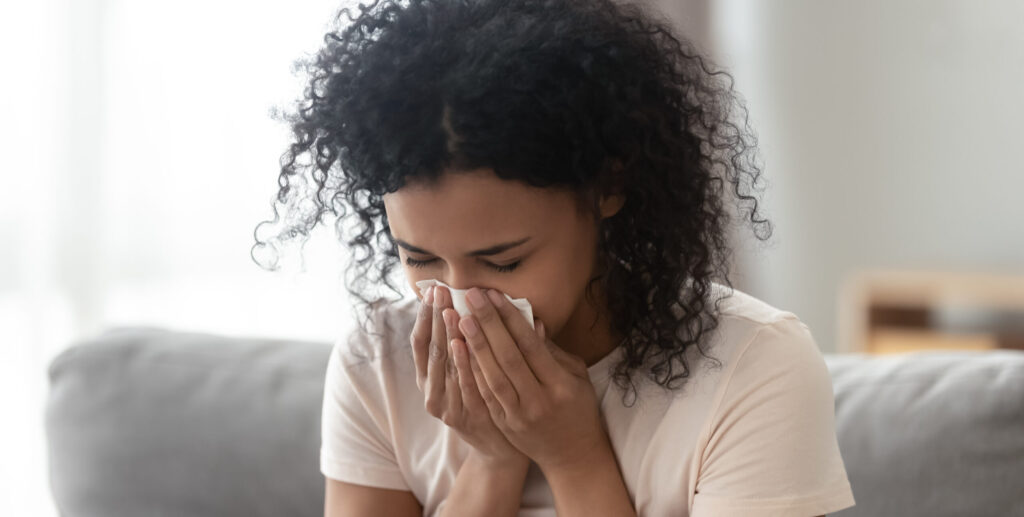Outdoor air pollution can cause or contribute to a variety of health problems. Take action to reduce your exposure to airborne pollutants.
Particulate matter, ozone, nitrogen dioxide, and other outdoor air pollutants can prompt a range of health problems, according to the World Health Organization. These include asthma flare-ups, reduced lung function, respiratory infections, lung cancer, stroke, coronary artery disease, and chronic obstructive pulmonary disease (COPD).
Although you can’t always avoid outdoor air pollution, you can stay as safe as possible by adopting some of these everyday actions:
- Be informed about your area’s air quality forecast. Use the U.S. Air Quality Index at airnow.gov to help guide your outdoor plans.
- Consider adjusting your exercise plans. Think about moving your workout to the gym if outdoor air quality is poor. Don’t go for walks, runs, or bike rides in or near areas with high air pollution levels, such as busy roads or places where burning takes place.
- Keep windows closed. This helps prevent outdoor air pollutants from entering your home or workplace.
- Know your risk. If you have asthma, COPD, or another chronic condition that puts you at higher risk of harm from air pollution, carefully weigh the risks and benefits of spending time outdoors when air quality is poor.
- Watch out for harmful air in your home. Outdoor air pollutants don’t always stay outside. They can make their way indoors, where the air may already contain higher levels of harmful gases and particles than outside, according to the National Safety Council. To clean up the air in your home, ban smoking inside, vacuum and dust often, change air filters regularly, use an air purifier with a HEPA filter, clean up mold, and ensure proper ventilation.
3 Ways to Avoid Unwanted Ingredients
Whether you have a gas or electric range at home, cooking can produce a variety of air pollutants, such as carbon monoxide, nitrogen dioxide, formaldehyde, and ultrafine particles. To avoid these harmful byproducts, you can:
- Check your range hood’s capabilities. If it vents to the outdoors, use it when you cook. For the most effectiveness, cook on the back burner where the range hood can reach the most airborne particles.
- Pay attention to your cooking oil’s smoke point. Different cooking oils produce smoke and release pollutants when heated to different temperatures. Know what temperature your cooking oil of choice can handle.
- Use alternative forms of ventilation. If you don’t have a range hood or yours doesn’t vent to the outdoors, use fans or open windows or screen doors while cooking.
Sources:
arb.ca.gov, extension.psu.edu, lung.org, ncbi.nlm.nih.gov, nsc.org, scopeblog.stanford.edu, who.int
